A catalytic converter is a vital part of the exhaust system and it lasts quite a long. However, catalytic converters can get clogged, break and damage and start making a rattling noise while preventing the engine from emitting exhaust.
Driving with a bad catalytic converter can cause plenty of issues including loss of power, reduced fuel economy and limp mode.
You may also fail an emission test due to a bad catalytic converter. To avoid these consequences, replace your catalytic converter whenever you experience any sign of a bad catalytic converter.
Article Summary
Can You Drive With A Bad Catalytic Converter?
Whether you can drive with a bad catalytic converter or not depends on how bad your catalytic converter is. so if your catalytic converter fails internally and the chunk doesn’t block exhaust flow excessively, it will work normally.
But if the internal honeycomb breaks off and clogs the flow, it will cause a drivability problem. a block-up or clogged catalytic converter will cause inefficient driving, decreased mileage, and loss of power.
Your car may start shifting at odd times and you won’t be able to drive at freeway speed. If the catalyst gets loose or coated with pollutants, it can also block up and limit exhaust flow. If you continue driving with this bad catalytic converter, it can cause the engine to stall.
If your car is newer than 1996, the check engine light will flash and stay on until you fix catalytic converter. You will also fail the emission test due to driving with a bad catalytic converter if it is applicable in your area.
Problems of Driving With A Bad Catalytic Converter
If you drive your car with a bad catalytic converter, it can cause engine performance issues, reduce fuel efficiency, and damage the components of the exhaust system. So you should find the catalytic converter problem quickly to reduce environmental impact and ensure the proper functioning of your vehicle.
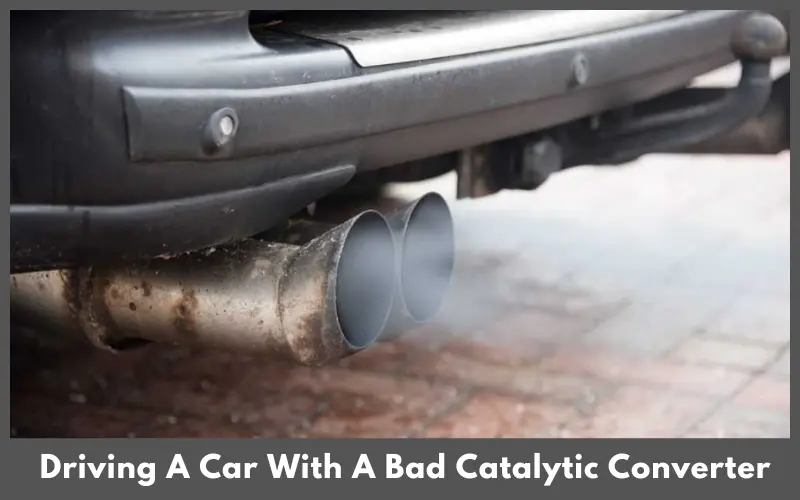
1. Performance Issues
A bad catalytic converter can cause poor engine performance and prevent the car from starting. Even if your car starts, you will experience reduced acceleration problems which aren’t good for long drives. If the catalytic converter is clogged, you can experience limited exhaust flow, car engine stalling, idling, or engine failure.
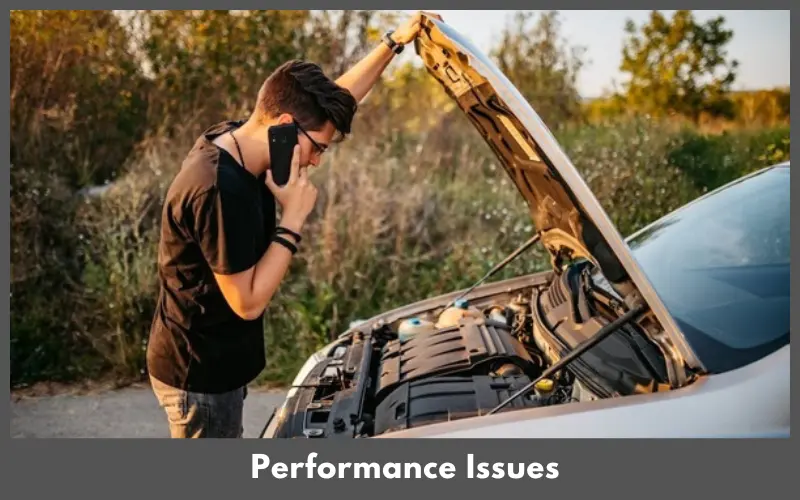
2. Potential Damage
If you keep driving with a bad catalytic converter, it can damage plenty of components of your vehicle including the exhaust system or engine. you shouldn’t take that risk, particularly for a long time and it can be risky in heavy highway traffic. A faulty catalytic converter can also overheat your engine faster and cause a car fire.
3. Environmental Impact
A catalytic converter is used in vehicles to reduce harmful emissions. If you drive with a bad catalytic converter, your car will emit more pollutants including nitrogen oxides, carbon monoxide, and hydrocarbons.
This can cause environmental damage and air pollution. If so, your car will fail the vehicle emissions inspection test. If you fail the emission test and your car emits too high emissions, you will still have one month to fix the faulty catalytic converter and renew your vehicle registration.
4. Legal Issues
Driving with a faulty catalytic converter is illegal in some places due to emission standards. So if you get caught while driving with a bad catalytic converter, you will be fined around $20 and won’t be able to drive without replacing the faulty one.
5. Limp mode
Most engines with catalytic converters depend on the readings delivered to the ECU through O2 sensors to run properly. If your catalytic converter emits excessive hydrocarbons, the O2 sensor will send a signal to the ECU and the ECU will cut power to the engine. so your car will activate limp mode to reduce engine damage.
How Long Can You Drive Your Car With A Bad Catalytic Converter?
You can drive a few miles to hundreds of miles with a bad catalytic converter depending on its condition. However, you shouldn’t ignore the catalytic converter and continue driving particularly when it’s associated with lots of risks. For example, if your catalytic converter gets very bad, it causes the engine to overheat, start a fire under the hood, slow down the car, and finally stop.
So you may need to tow your vehicle to the nearest auto repair shop. Even if your vehicle causes minor effects of a bad catalytic converter like higher emission or loss of power, you are still at risk of paying a fine anytime. So you should check the catalytic converter and repair or replace it, particularly before the exhaust turns red hot to avoid causing worse issues.
Common Signs Of A Bad Catalytic Converter
The catalytic converter shows plenty of signs when they get clogged, break, or are damaged. Below are some common signs that indicate a bad catalytic converter:
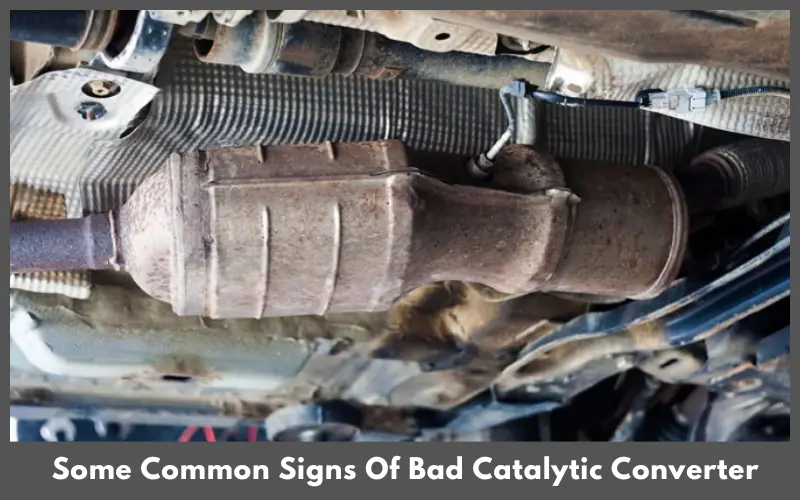
Active Check Engine Light
Modern car engines are designed with oxygen sensors or air and fuel sensors that monitor if the catalytic converter is operating within the recommended level. It monitors exhaust gas levels and delivers data to the internal computer
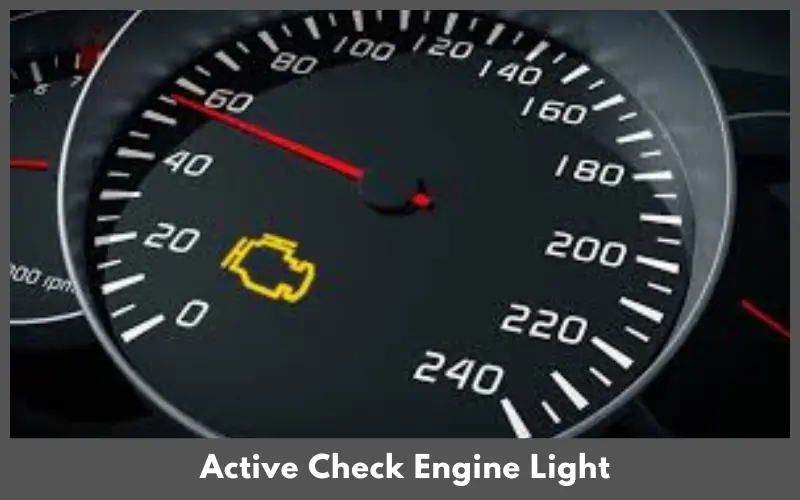
If the sensor detects any problem with a catalytic converter, it will provide a signal to the computer which will in turn activate the check engine light and set a trouble code.
Slow Acceleration
If you feel the engine losing power dramatically and you can’t accelerate smoothly, it can be the result of clog catalytic converters. The catalytic converter can get blocked if the engine’s air-cleaning ability and exhaust gas-releasing ability tie together.
A clogged catalytic converter may also prevent the engine from mixing fuel and air efficiently and cause poor acceleration and weak combustion.
Reduced Fuel Economy
If you experience the engine burning more fuel quickly than before, it can be a sign of a bad catalytic converter. the engine depends on an oxygen sensor to mix fuel and oxygen efficiently.
If the sensor detects the engine getting more air due to a faulty catalytic converter, it will allow the use of more fuel than usual. Hence your engine will run rich and you will experience poor fuel economy.
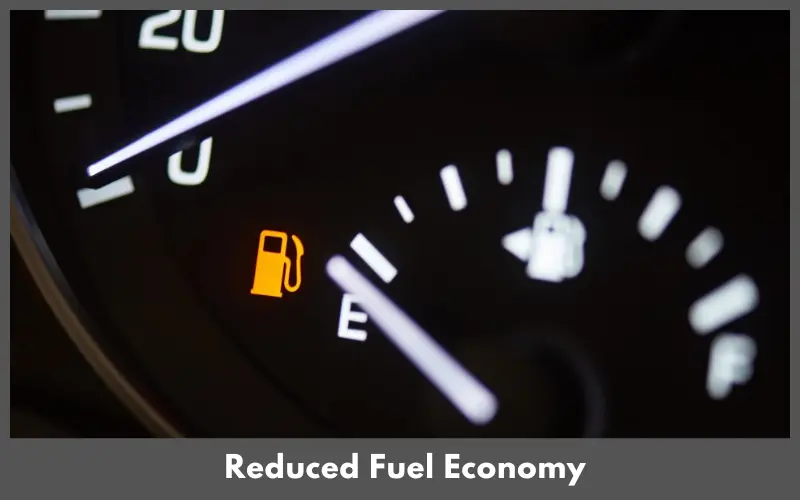
Rattling Sounds
A catalytic converter is made of plenty of honeycomb-shaped components. These parts can make a car rattling while idle if they get damaged. If the catalytic converter breaks inside, you will hear a loud rattling noise, particularly during starting your vehicle.
Engine Misfire
Engine performance depends on how efficiently the fuel congestion is completed. A faulty catalytic converter can cause incomplete combustion in the firing cylinders and it can lead to engine misfire. So you can struggle to start your vehicle. If you notice the engine misfiring frequently, it can be a sign of a bad catalytic converter.
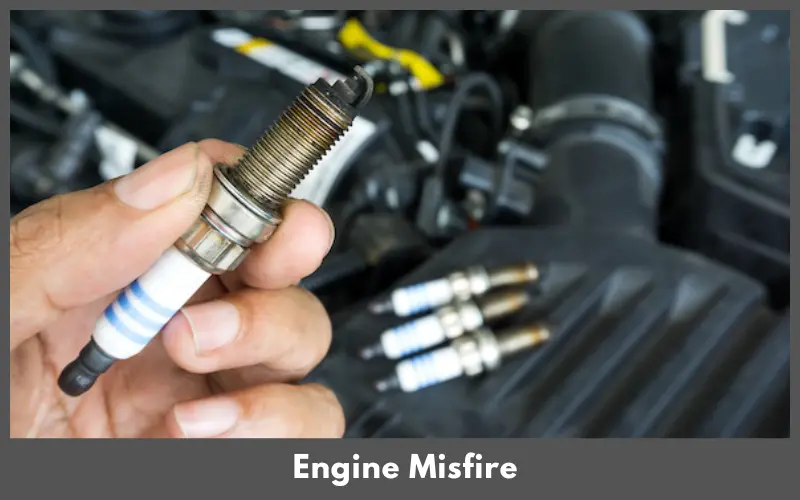
Can You Drive A Car Without A Catalytic Converter?
Yes, you can drive without a catalytic converter, particularly in non-emission testing areas. But if catalytic converter removal is illegal in your state and you disable the emission system intentionally, it will be considered an offense.
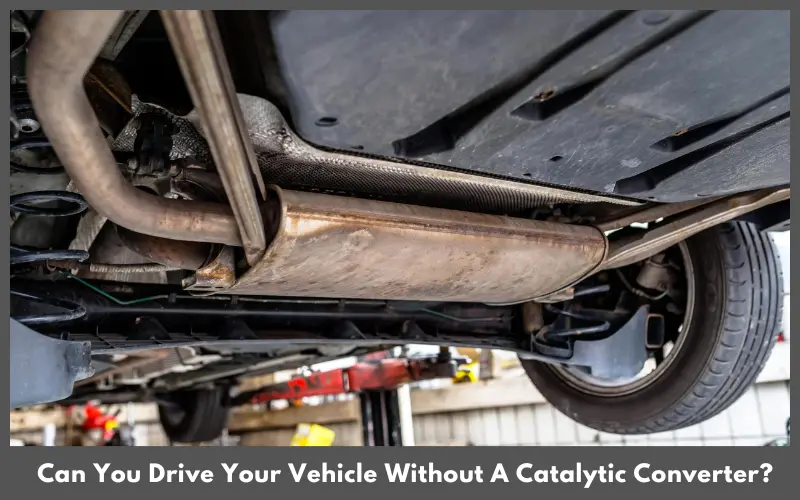
So you may need to find thousands of dollars. If your catalytic converter is stolen and you need to continue driving the car for a while, apply for an insurance claim to repair your exhaust system. Then install a catalytic converter protection cover to avoid theft again.
FAQs
Can A Bad Catalytic Converter Stop Your Car From Starting?
If your catalytic converter gets clogged, the engine won’t be able to emit exhaust from the car. Hence the engine may struggle or won’t turn on when you are trying to start your vehicle. In this case, you will need to replace the faulty catalytic converter to restore proper airflow and ensure the smooth running of the engine.
How Many Km Should A Catalytic Converter Last?
Catalytic converter usually lasts around 120000 to 160000 km. However, the longevity of the catalytic converters varies depending on how often you drive the car and how properly you maintain the engine. You can increase the lifespan of your catalytic converter and vehicle by maintaining it properly and avoiding burning oil or fuel excessively.
Does Removing The Catalytic Converter Reduce Mileage?
Catalytic converters emit air and gasses from the engine through small ducts. If you remove the catalytic converter, the engine will start breathing and developing more power. It will also consume up to 10% more fuel than usual.
Final Words
You can technically drive with a bad catalytic converter. but if you want to enjoy a smooth drive, improve fuel economy, and pass the emission test, you shouldn’t continue with a bad catalytic converter.
Even a catalytic converter is cheaper to replace and if you ignore this issue, it may cost thousands. So if you experience any of the signs of a bad catalytic converter, replace it immediately to protect the engine and the environment.

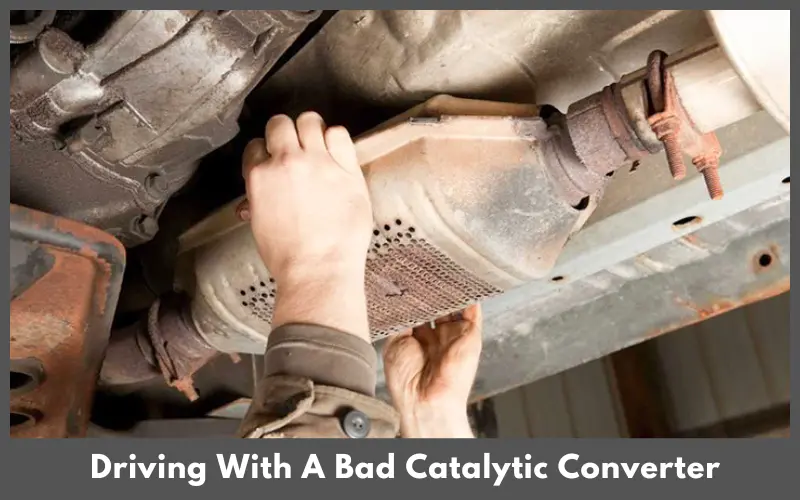
Thanks for this piece of writing i find. It’s hard to discover good tips out there when it comes to this topic thank for the write-up site.